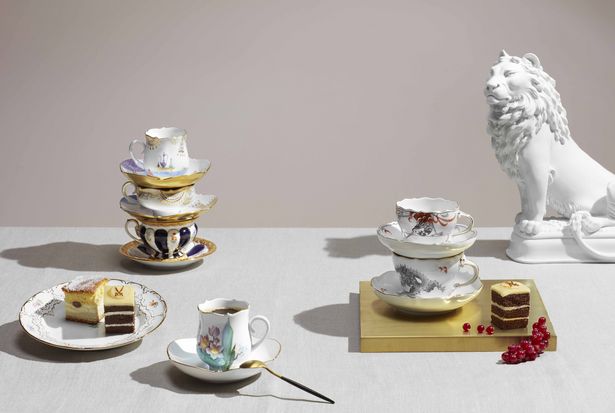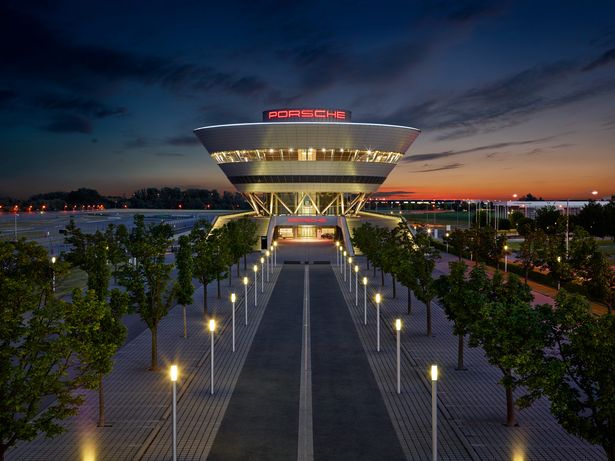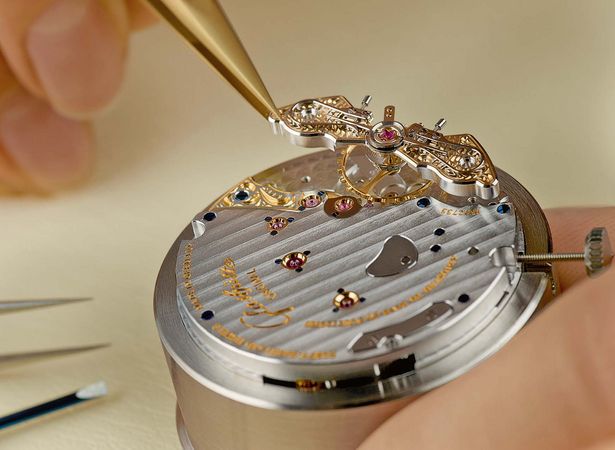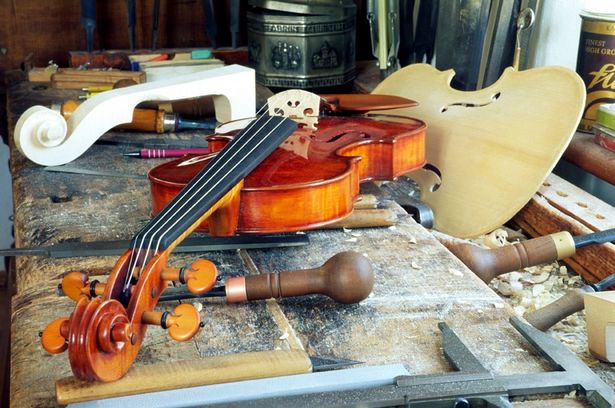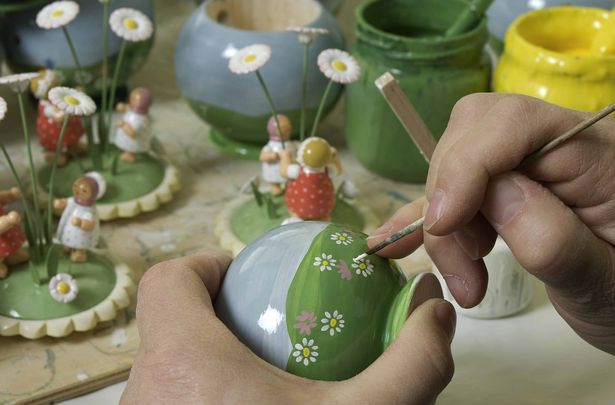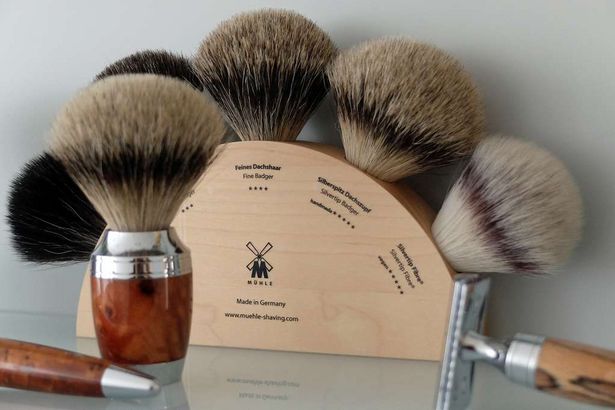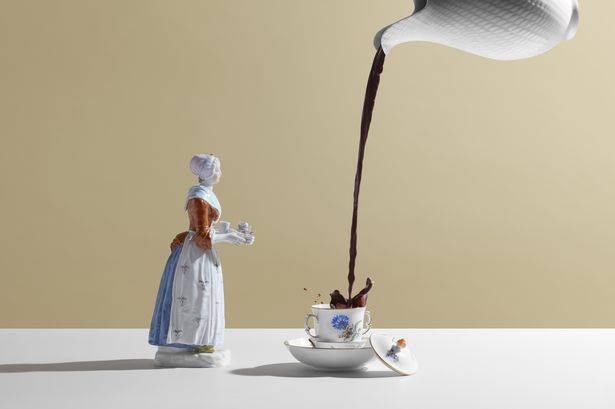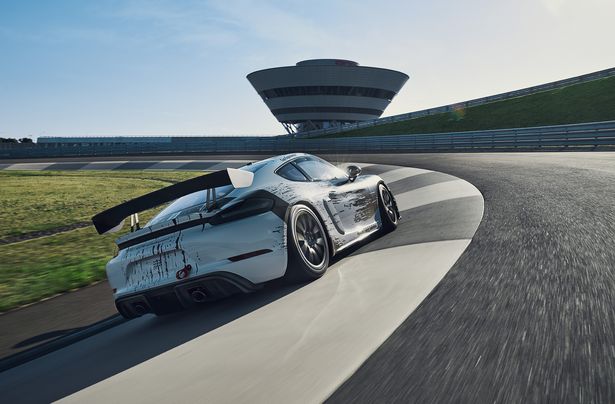Perfect craftsmanship, unique designs, timeless beauty and a good reputation: Saxony is home to many traditional companies and producers that create luxury goods of international standing, including cars, musical instruments, wooden figures, watches and the finest of porcelain. Browse Saxony’s exclusive luxury brands and find something to your liking…
World-famous luxury brands
Made in Saxony
Meissen porcelain
More than 300 years ago, Augustus the Strong founded the first European porcelain manufacture at Albrechtsburg Castle in Meissen, which also happens to be Germany’s first castle built for residential purposes only. The Saxon elector, known for his big, colourful personality, was fond of white, delicate porcelain painted with delicated patterns. His passion for collecting such objects was referred to as the "maladie de porcelaine", “porcelain disease”, with which he eclipsed even the French Sun King Louis XIV. Because of its beauty in combination with its practical uses Meissen porcelain, also called “white gold”, was much admired and quickly became a luxury item in demand worldwide. Since then people have been collecting it, giving it away as presents and passing it on from generation to generation. Meissen’s porcelain factory to this day embodies and lives traditional values of producing high-quality, handmade items with care and passion, which makes the precious hand-painted pieces all the more valuable. Meissen porcelain can never be mistaken as it carries the unique sign of two crossed, cobalt blue swords which is one of the world's oldest, continually used trademarks.
Porsche
Saxony has a long history in car production – and it is still very much alive and kicking today. Volkswagen, BMW and Porsche currently operate five car and engine factories in Saxony, making the region one of Germany's top automotive industry locations. Even world-famous cars like Porsche's legendary sports cars have a connection with Saxony. Ferdinand Porsche opened an engineering office in Stuttgart in 1931, which built vehicle components as well as entire vehicles for the car factories of Saxony's Auto Union (now Audi). In a joint racing car project even Grand Prix racing cars designed by Ferdinand Porsche were built in Saxony’s Zwickau. Initiated by his son Ferry, the very first Porsche took to the road in 1947 – a 35 hp roadster reaching a top speed of close to 85 miles per hour. 1963 saw the birth of its successor, the legendary Porsche 911, which has been one of the most sought-after and best-known cars in the world ever since. Its iconic silhouette has hardly changed to this day and represents the DNA of all Porsche models. Today, Porsche is still headquartered in Stuttgart, but operates its largest plant in Leipzig, Saxony, where the Macan and Panamera models are being manufactured.
Watches made in Glashütte
In the Ore Mountains south of Dresden the small, tranquil town of Glashütte is world-famous because of the timelessly stylish, high-quality watches made there. In 1845, Ferdinand Adolph Lange became Glashütte’s first watch manufacturer and today, the watches of the brands A. Lange & Söhne, Glashütte Original, Moritz Großmann, Mühle or NOMOS are among the most sought-after and expensive ones on the market. Consisting of 300 to 400 tiny parts and built based on traditional craftsmanship, they are symbols of precision, beauty and long-lasting value. For many watch lovers, they are prestigious status symbols, and most of them carry personalised engravings. Due to the small quantities they are produced in, they don’t just have a financial but also a sentimental value – and some of them have prices in the six-figure region. The noble and timelessly beautiful watches from Glashütte can be bought worldwide – and they are great ambassadors for Saxony.
Top instruments made in the Musicon Valley
Three towns in the Vogtland region – Markneukirchen, Schöneck and Klingenthal – form the so-called "Musicon Valley" where musical instruments have been expertly handcrafted from wood and brass for 350 years. Among musicians, the quality of the exclusive string and brass instruments is legendary, and many international top performers swear by the masterpieces from the Vogtland, including Paul McCartney, Dolly Parton, Ed Sheeran or Metallica.
Wooden folk art from the Ore Mountains
The world's largest nutcracker was “born” in the Ore Mountains and stands at 10.10 metres tall. It is not the only wooden toy or figurine from this region as carving and woodturning have a long tradition in the Ore Mountains. It goes back to the 18th century when the traditional mining industry in parts of the region came to a halt due to dwindling mineral resources and the miners were looking for new ways of supplementing their income. One example of Ore Mountains craftsmanship that has found fans around the world are little angels designed as musicians with eleven white dots on their green wings, each with a distinctive character. These graceful and delicate wooden figures have been masterfully crafted by the manufacturer Wendt & Kühn in Grünhainichen since 1910 according to the original designs of one of the founders Grete Wendt. Or how about a “flower children” design? These timeless and valuable pieces of cheerful flower girls and cheeky flower boys carry different blossoms in their hands and are popular and sought-after as birthdays presents.
Mühle shaving brushes
From small brush manufacturer to iconic global brand: The success story of Saxon shaving brushes from the Ore Mountains began after the end of World War II when Otto Johannes Müller manufactured his first brushes and shaving brushes in the small town of Stützengrün in the Ore Mountains. He then specialised in shaving brushes only, which he exported abroad, and added the sign of a mill to his handmade products as a reference to his surname which means “miller” in German. Over the decades, the family business, now called Mühle Rasurkultur, expanded its product range from top-notch shaving brushes to a full range of high-quality products for wet shaving – and there’s even a flagship store in London’s Soho. Awarded several design prizes, Mühle shaving brushes symbolise modern shaving culture and in keeping with the spirit of the times, they are available with natural badger hair or in an innovative, vegan and sustainable version made from specially developed synthetic fibres.
Luxury fun facts made in Saxony
Porcelain was said to have a “magical” protective effect, with people believing that a fine porcelain cup would shatter if it came into contact with a drink containing poison.
On the 2.3-miles long FIA-certified Porsche circuit in Leipzig, you can reach your top speed and give your best racing driver performance.
In 2019, Stefan Kudoke from Saxony became the first independent watchmaker from Germany to win the "Grand Prix d'Hologerie de Genève" – something like the watch industry’s Oscars – for his "Kudoke 2" watch with 24-hour display and glass at the back which reveals the movement. A small family business in Eastern Saxony trumping major international brands – what’s not to like.
“Can angels be sexy?" Sylva-Michèle Sternkopf, whose father founded the traditional Sternkopf factory in Saxony, asked herself that question and concluded that the answer is yes. Her designs transform the traditional Ore Mountains angels into elegant and feminine creatures.
The largest playable violin and two tiny violins that fit into a matchbox are on display at the Musical Instrument Museum in Markneukirchen.
Mühle Rasurkultur’s latest development is called “Companion” – a unisex razor with classic blades for sustainable and safe shaving from head to toe.

